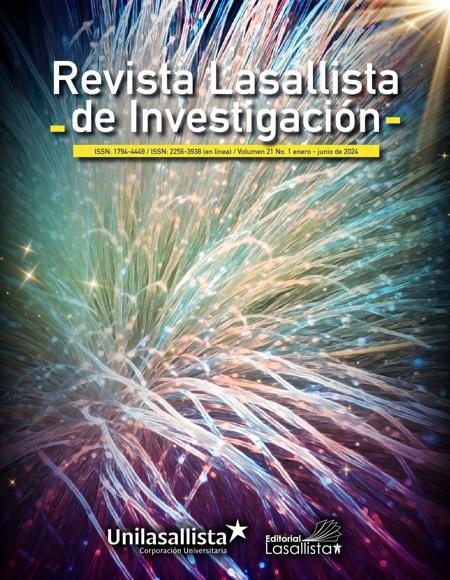Machine Learning for Upper Limb Flexion Movement Classification
Machine Learning for Upper Limb Flexion Movement Classification
Show authors biography
Introduction: This paper introduces the development and validation of a Machine Learning (ML) program aimed at discerning smooth and jittery arm movements during flexion/extension exercises. Objective: The study compares the efficacy of three classification algorithms—K-Nearest Neighbors (KNN), Support Vector Machine (SVM), and Logistic Regression—in differentiating flexion/extension movements with and without added weight. Method: Using a quasi-experimental design, participants voluntarily performed the exercise under two conditions: with and without a 5-kilogram dumbbell. Meticulous frame-by-frame extraction of movement parameters informed the data collection process. Results: Biomechanical analysis identified key features (minAngle, coefTrajectory, maxJerk, avgAcceleration, and frames) relevant for algorithm training. Post-normalization, KNN, Logistic Regression, and SVM demonstrated robust validation performance through metrics and confusion matrices. Detection of a userdependent data leak prompted a user-specific validation approach. Conclusion: This research amalgamates biomechanics and ML, yielding insights into algorithmic performance for detecting weighted exercises. Robust validation is crucial for ensuring the generalizability of classification models in real-world scenarios.
Article visits 36 | PDF visits 27







